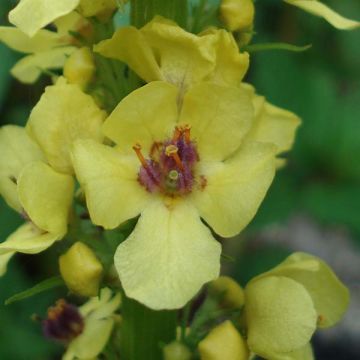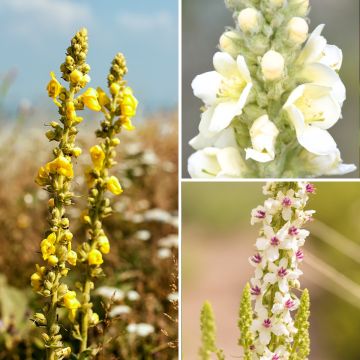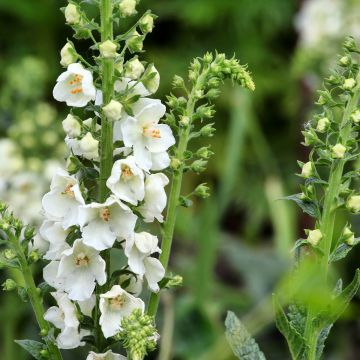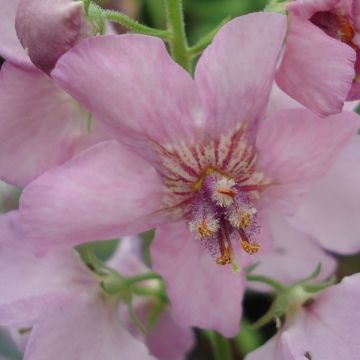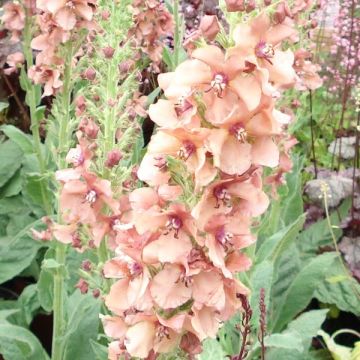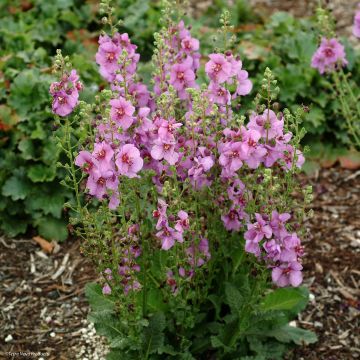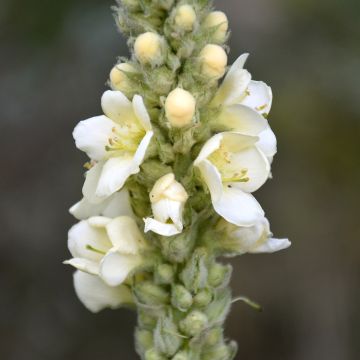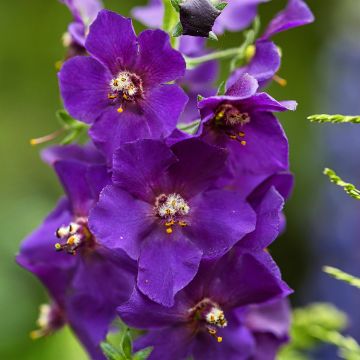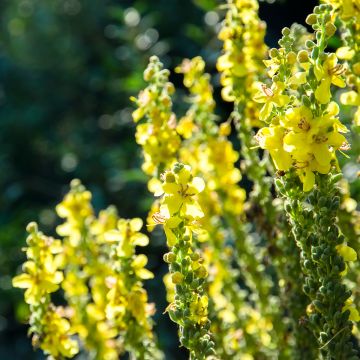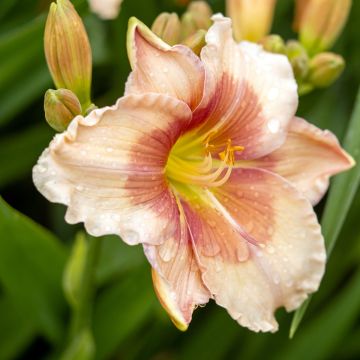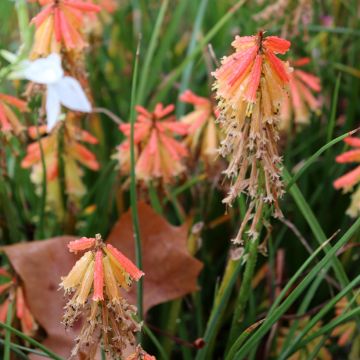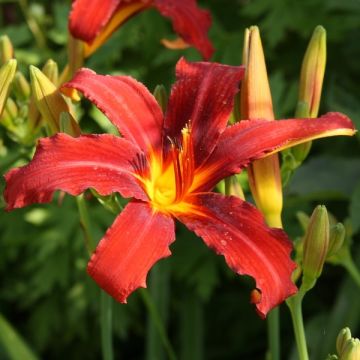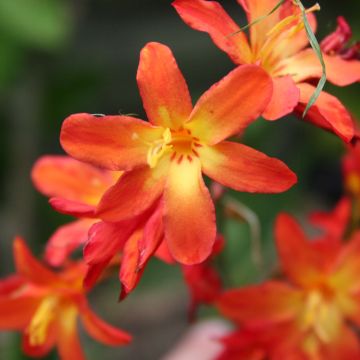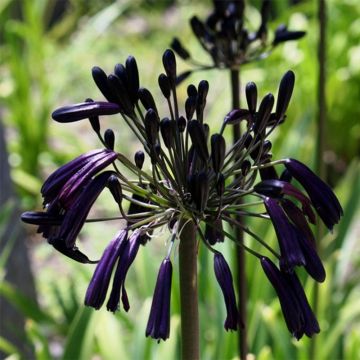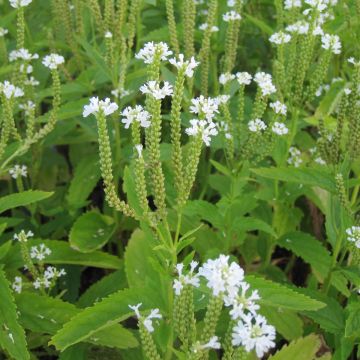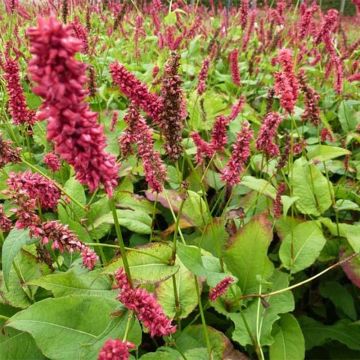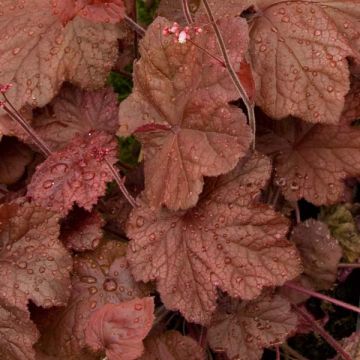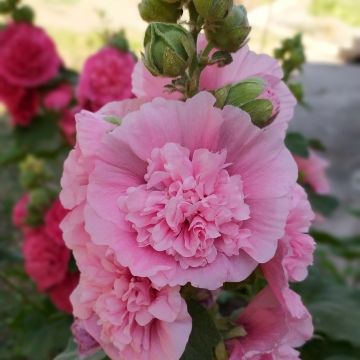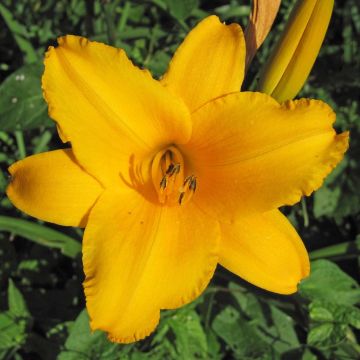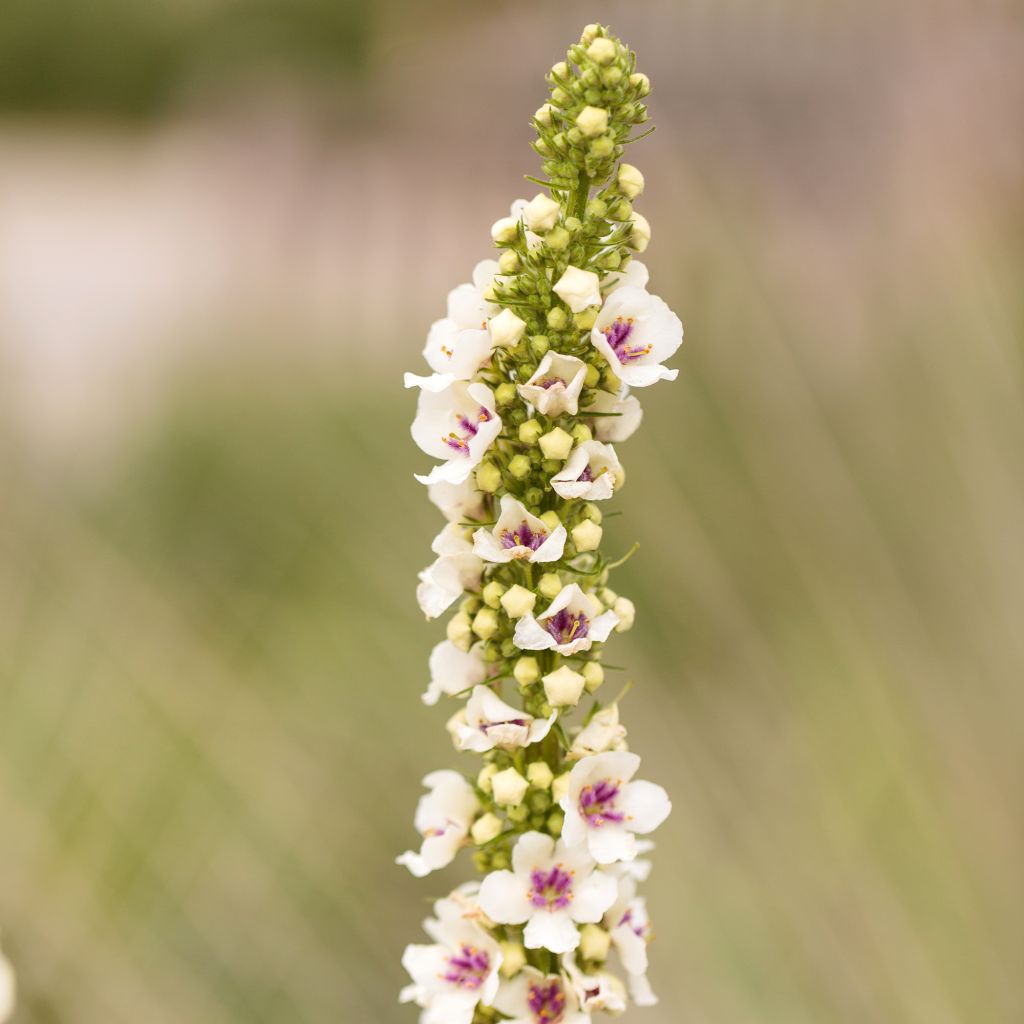

Verbascum chaixii Album - Mullein
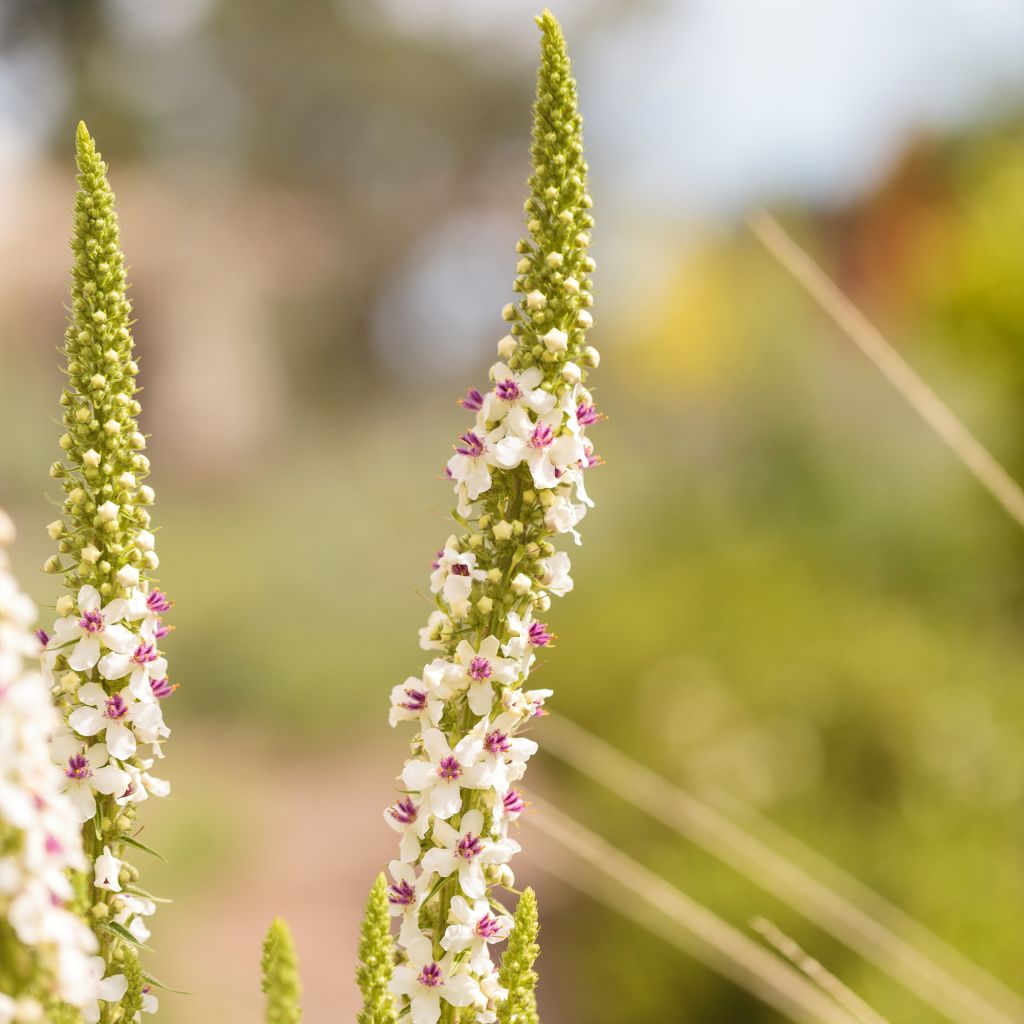

Verbascum chaixii Album - Mullein
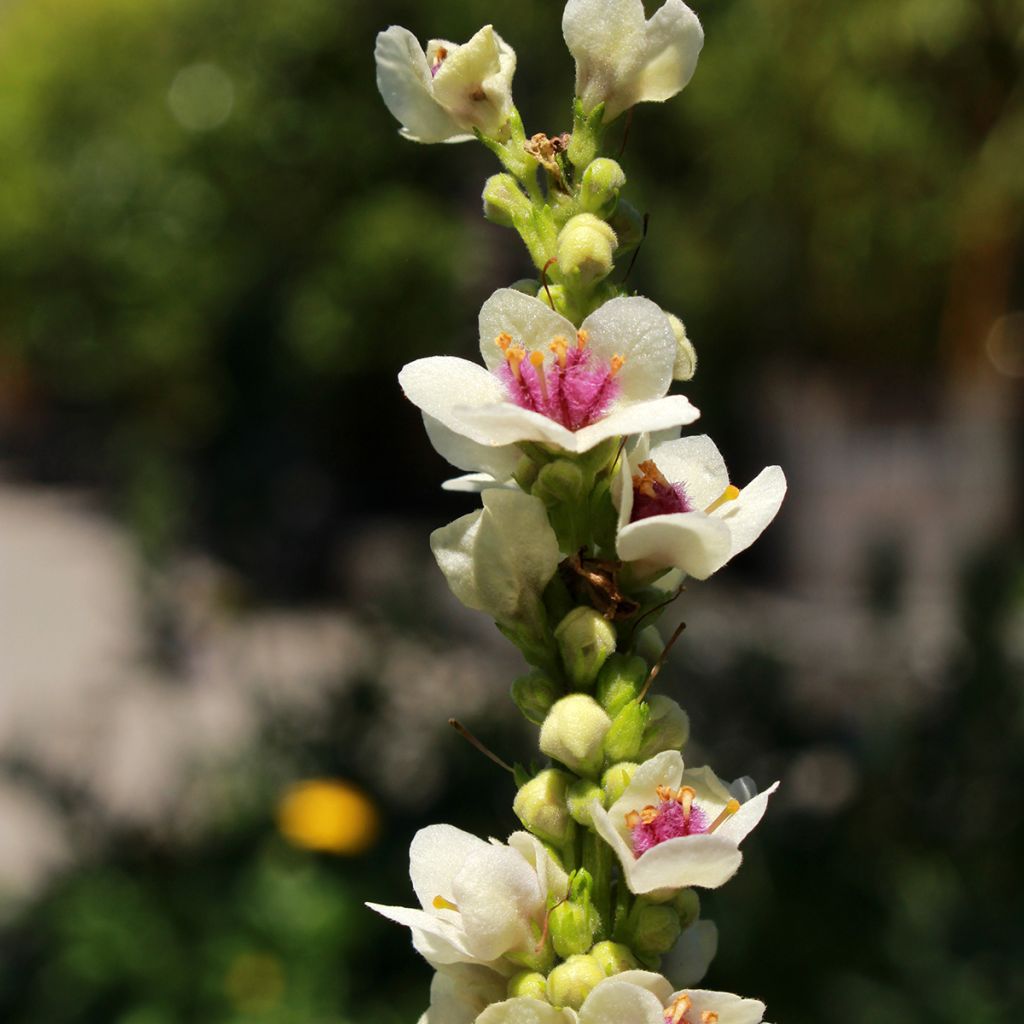

Verbascum chaixii Album - Mullein
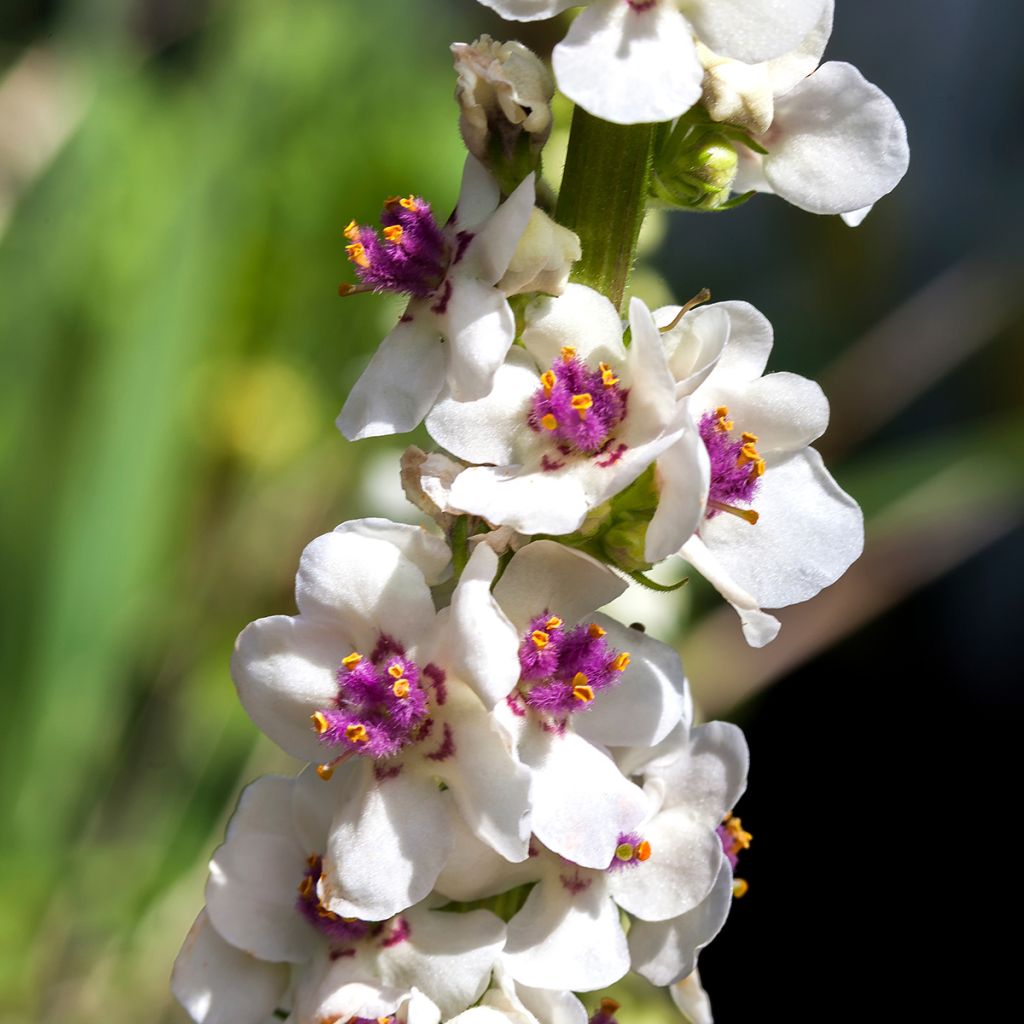

Verbascum chaixii Album - Mullein
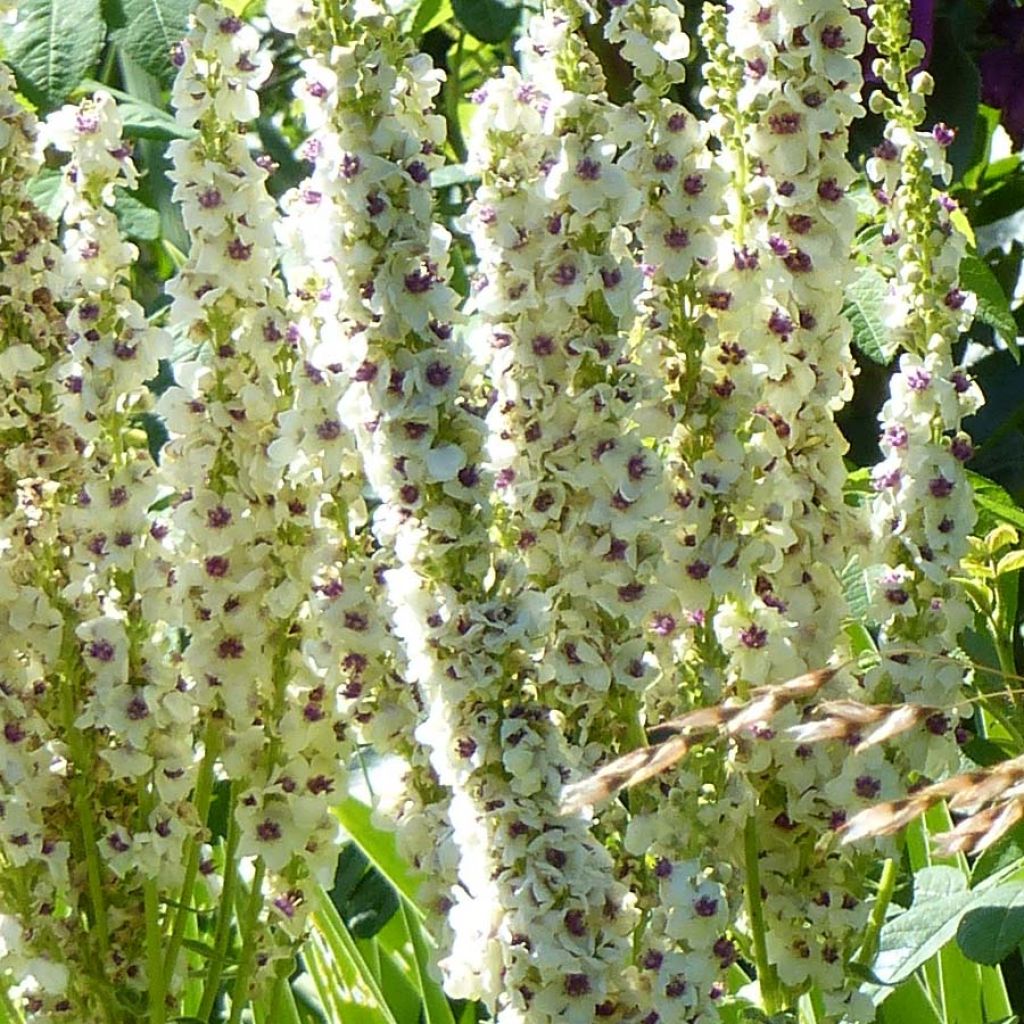

Verbascum chaixii Album - Mullein
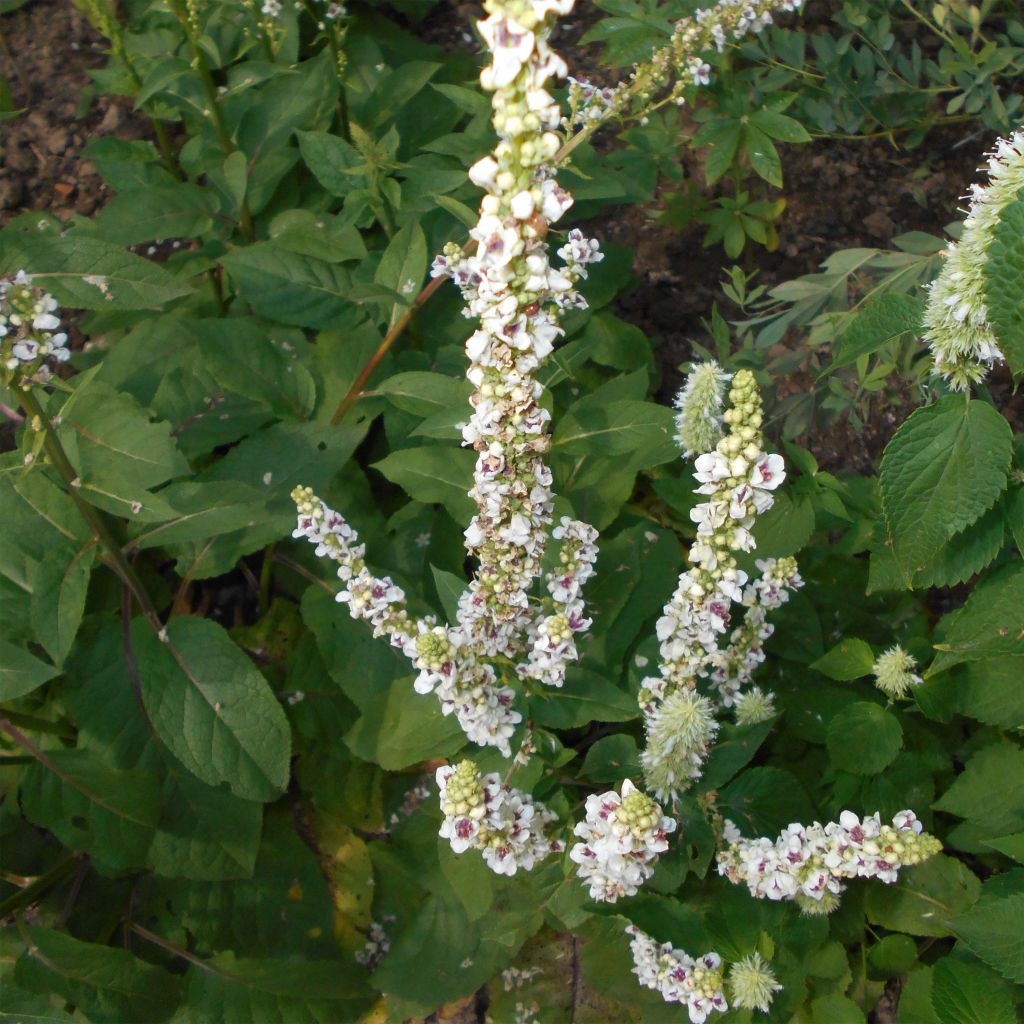

Verbascum chaixii Album - Mullein
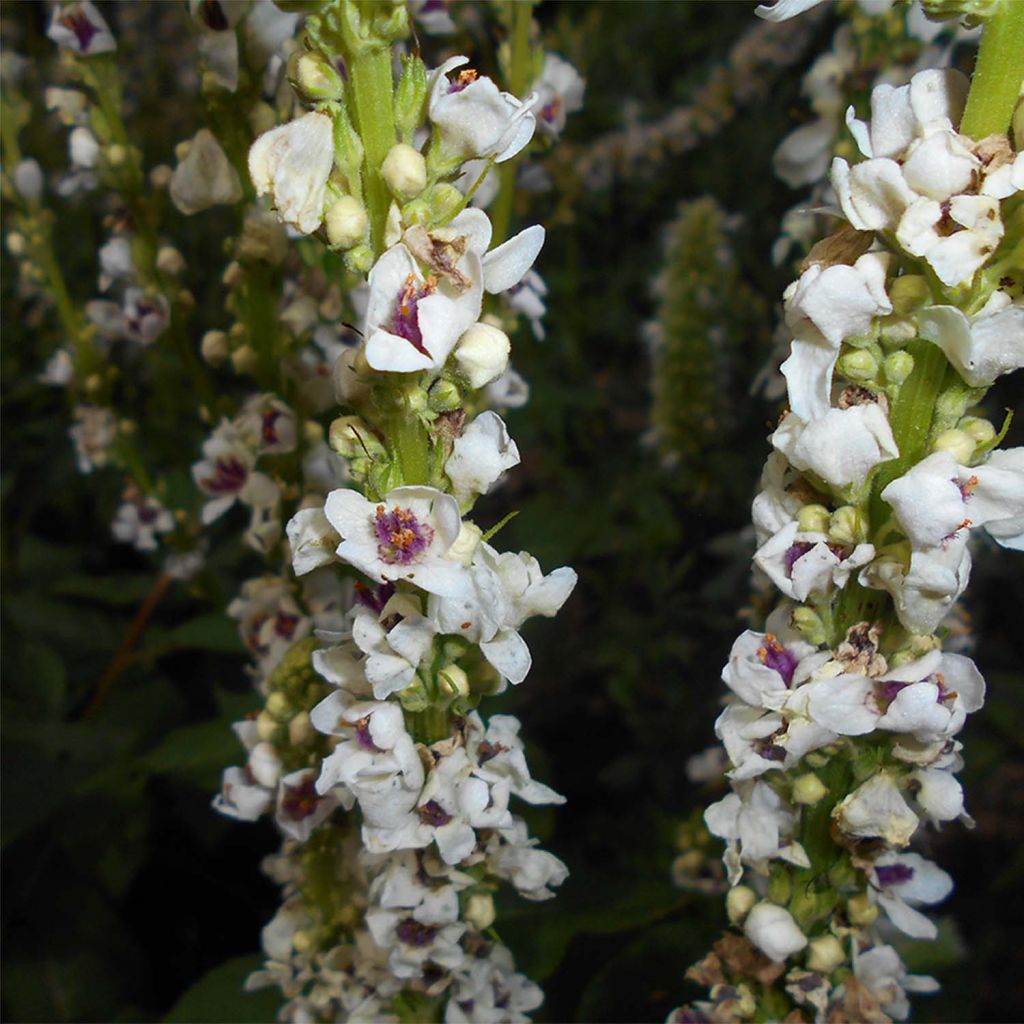

Verbascum chaixii Album - Mullein
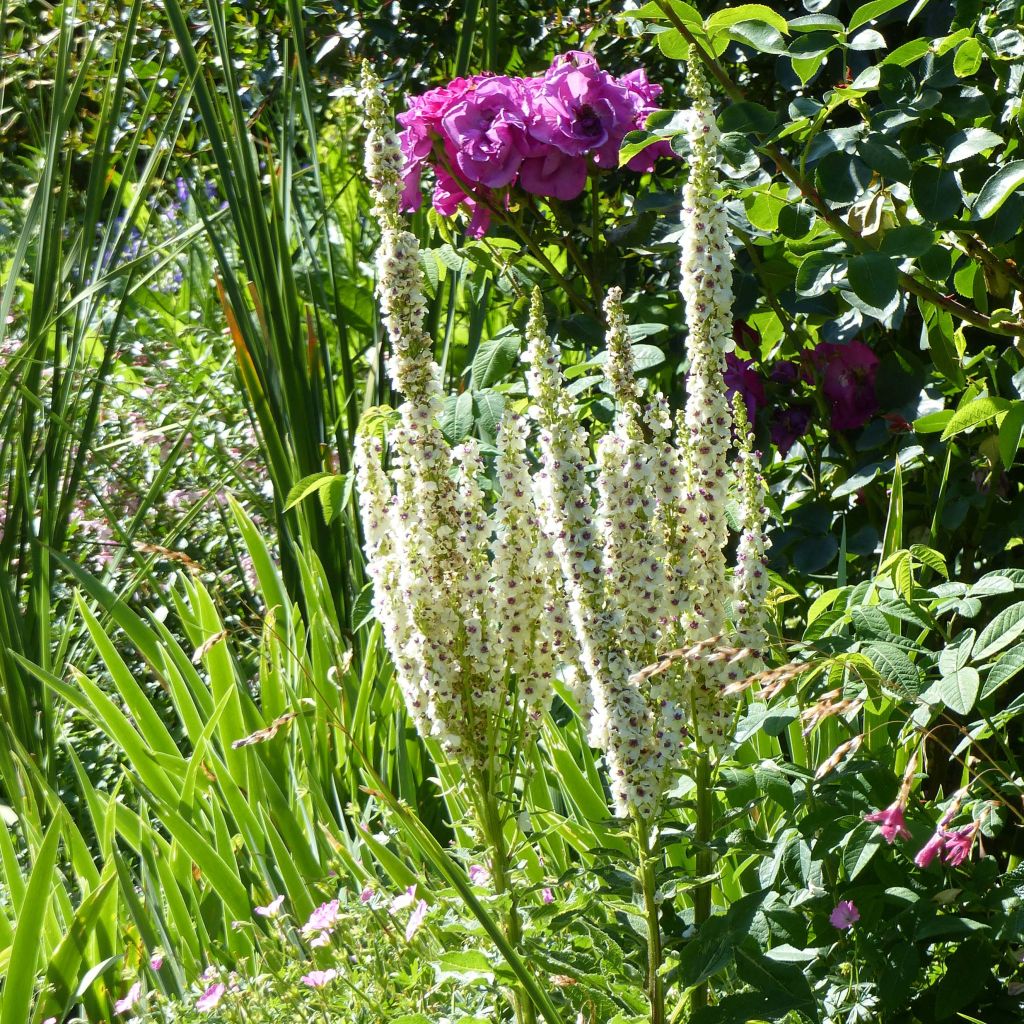

Verbascum chaixii Album - Mullein
Verbascum chaixii Album - Mullein
Verbascum chaixii Album
White nettle-leaved Mullein
The plant arrived well packaged and in perfect condition. Planted it right away, hoping for a beautiful flowering!
Mariefrance, 05/12/2024
This item cannot be shipped to the selected country
Delivery charge from €5.90
More information
Schedule delivery date,
and select date in basket
This plant carries a 12 months recovery warranty
More information
We guarantee the quality of our plants for a full growing cycle, and will replace at our expense any plant that fails to recover under normal climatic and planting conditions.
From €5.90 for pickup delivery and €6.90 for home delivery
Express home delivery from €8.90.
Does this plant fit my garden?
Set up your Plantfit profile →
Description
Verbascum chaixii 'Album' is an almost white-flowered, particularly decorative form of Mullein. It is an easy-to-grow, charming perennial plant with a strong personality when it sends its beautiful candles covered with almost white flowers with a small red-violet heart, towards the sky. Sometimes biennial, it easily self-seeds in sunny areas, in slightly neglected places, in light or rocky soil. It grows quickly and straight, bringing lightness and height to countryside or romantic flowerbeds.
Chaix Mullein belongs to the Scrophulariaceae family. It is native to central and southern Europe. 'Album' only differs from the species in the colour of its flowers, with a cream-white corolla instead of yellow.
This plant will reach about 1m (3ft) high when flowering, in fertile soil, sometimes much less in poor and dry soil. It grows quickly, and can reach its final size in a few weeks. It develops a rosette of basal leaves from which long, branched and leafy flowering stems emerge from June to August, in pyramidal panicles composed of open cup-shaped white, 2cm (1in) flowers, with a bright red-violet throat. They are tightly packed together and open in groups along the spike. The large basal leaves are oval to elliptical, wavy, dark green and covered with greyish fuzz. The leaves that cover the stems are much smaller. This mullein is a nectar-rich plant loved by bees. Perennial in theory, it sometimes behaves as a biennial, but easily self-seeds in light soil.
Verbascum chaixii 'Album' is a blessing for sunny slopes and rocky soils. However, the plant will be much more decorative in good garden soil with occasional watering during very dry weather. Natural scenes in slightly wild areas of the garden will be transformed by botanical or hybrid mulleins. Accompany them with hollyhocks, fraxinella, wild chicory, perennial flax or wonderful purple fennel. They are good companions for roses, just like foxgloves. It is better to surround them with perennials or shrubs such as catmints, hyssops or veronicas for example, to fill the space when they are not in bloom.
Report an error about the product description
Verbascum chaixii Album - Mullein in pictures
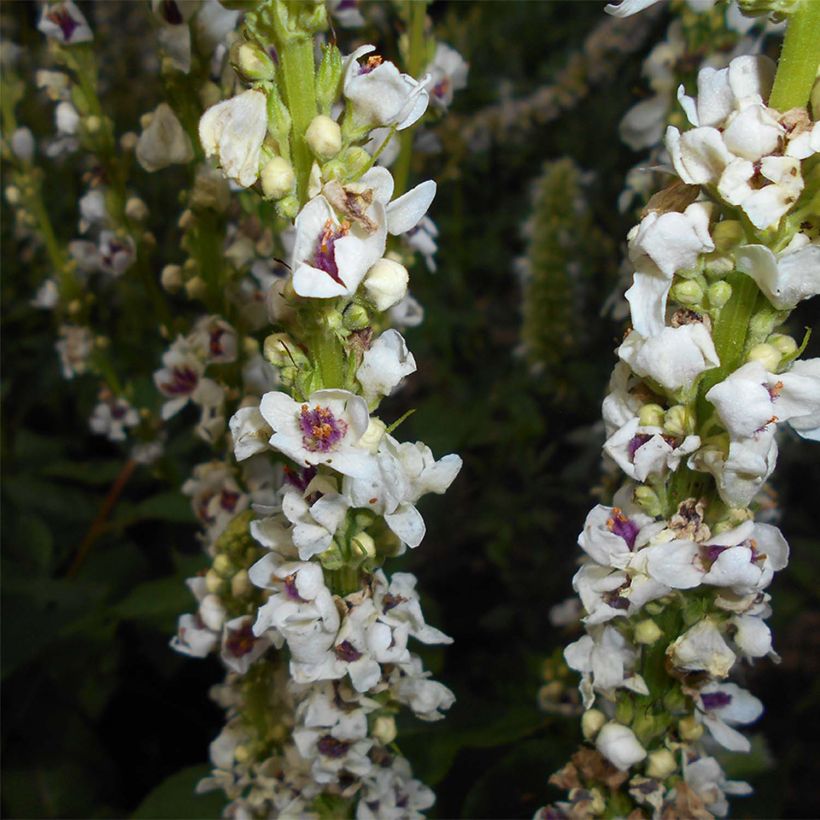

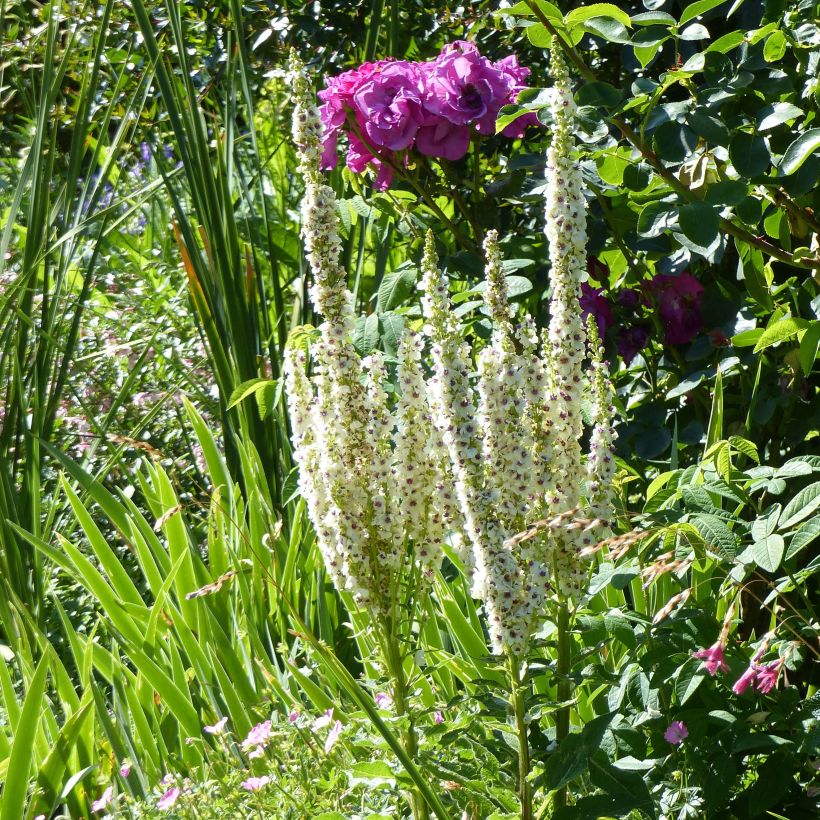

Flowering
Foliage
Plant habit
Botanical data
Verbascum
chaixii
Album
Scrophulariaceae
White nettle-leaved Mullein
Cultivar or hybrid
Other Verbascum - Mullein
Planting and care
Verbascum chaixii 'Album' should be planted in full sun, or at most, partial shade in the south. This mullein should be planted in spring, in ordinary but light and porous, well-drained soil. It prefers moist to dry limestone soil in summer, where it will readily self-seed (the colour of the flowers will not come true to the parent). Cut the faded inflorescences at the base to promote more flowers and the longevity of the plant. Prune the dry parts as soon as they are no longer decorative and clean the clump by the end of winter at the latest.
Planting period
Intended location
Care
-
, onOrder confirmed
Reply from on Promesse de fleurs
Summer flowering perennials
Haven't found what you were looking for?
Hardiness is the lowest winter temperature a plant can endure without suffering serious damage or even dying. However, hardiness is affected by location (a sheltered area, such as a patio), protection (winter cover) and soil type (hardiness is improved by well-drained soil).

Photo Sharing Terms & Conditions
In order to encourage gardeners to interact and share their experiences, Promesse de fleurs offers various media enabling content to be uploaded onto its Site - in particular via the ‘Photo sharing’ module.
The User agrees to refrain from:
- Posting any content that is illegal, prejudicial, insulting, racist, inciteful to hatred, revisionist, contrary to public decency, that infringes on privacy or on the privacy rights of third parties, in particular the publicity rights of persons and goods, intellectual property rights, or the right to privacy.
- Submitting content on behalf of a third party;
- Impersonate the identity of a third party and/or publish any personal information about a third party;
In general, the User undertakes to refrain from any unethical behaviour.
All Content (in particular text, comments, files, images, photos, videos, creative works, etc.), which may be subject to property or intellectual property rights, image or other private rights, shall remain the property of the User, subject to the limited rights granted by the terms of the licence granted by Promesse de fleurs as stated below. Users are at liberty to publish or not to publish such Content on the Site, notably via the ‘Photo Sharing’ facility, and accept that this Content shall be made public and freely accessible, notably on the Internet.
Users further acknowledge, undertake to have ,and guarantee that they hold all necessary rights and permissions to publish such material on the Site, in particular with regard to the legislation in force pertaining to any privacy, property, intellectual property, image, or contractual rights, or rights of any other nature. By publishing such Content on the Site, Users acknowledge accepting full liability as publishers of the Content within the meaning of the law, and grant Promesse de fleurs, free of charge, an inclusive, worldwide licence for the said Content for the entire duration of its publication, including all reproduction, representation, up/downloading, displaying, performing, transmission, and storage rights.
Users also grant permission for their name to be linked to the Content and accept that this link may not always be made available.
By engaging in posting material, Users consent to their Content becoming automatically accessible on the Internet, in particular on other sites and/or blogs and/or web pages of the Promesse de fleurs site, including in particular social pages and the Promesse de fleurs catalogue.
Users may secure the removal of entrusted content free of charge by issuing a simple request via our contact form.
The flowering period indicated on our website applies to countries and regions located in USDA zone 8 (France, the United Kingdom, Ireland, the Netherlands, etc.)
It will vary according to where you live:
- In zones 9 to 10 (Italy, Spain, Greece, etc.), flowering will occur about 2 to 4 weeks earlier.
- In zones 6 to 7 (Germany, Poland, Slovenia, and lower mountainous regions), flowering will be delayed by 2 to 3 weeks.
- In zone 5 (Central Europe, Scandinavia), blooming will be delayed by 3 to 5 weeks.
In temperate climates, pruning of spring-flowering shrubs (forsythia, spireas, etc.) should be done just after flowering.
Pruning of summer-flowering shrubs (Indian Lilac, Perovskia, etc.) can be done in winter or spring.
In cold regions as well as with frost-sensitive plants, avoid pruning too early when severe frosts may still occur.
The planting period indicated on our website applies to countries and regions located in USDA zone 8 (France, United Kingdom, Ireland, Netherlands).
It will vary according to where you live:
- In Mediterranean zones (Marseille, Madrid, Milan, etc.), autumn and winter are the best planting periods.
- In continental zones (Strasbourg, Munich, Vienna, etc.), delay planting by 2 to 3 weeks in spring and bring it forward by 2 to 4 weeks in autumn.
- In mountainous regions (the Alps, Pyrenees, Carpathians, etc.), it is best to plant in late spring (May-June) or late summer (August-September).
The harvesting period indicated on our website applies to countries and regions in USDA zone 8 (France, England, Ireland, the Netherlands).
In colder areas (Scandinavia, Poland, Austria...) fruit and vegetable harvests are likely to be delayed by 3-4 weeks.
In warmer areas (Italy, Spain, Greece, etc.), harvesting will probably take place earlier, depending on weather conditions.
The sowing periods indicated on our website apply to countries and regions within USDA Zone 8 (France, UK, Ireland, Netherlands).
In colder areas (Scandinavia, Poland, Austria...), delay any outdoor sowing by 3-4 weeks, or sow under glass.
In warmer climes (Italy, Spain, Greece, etc.), bring outdoor sowing forward by a few weeks.

































